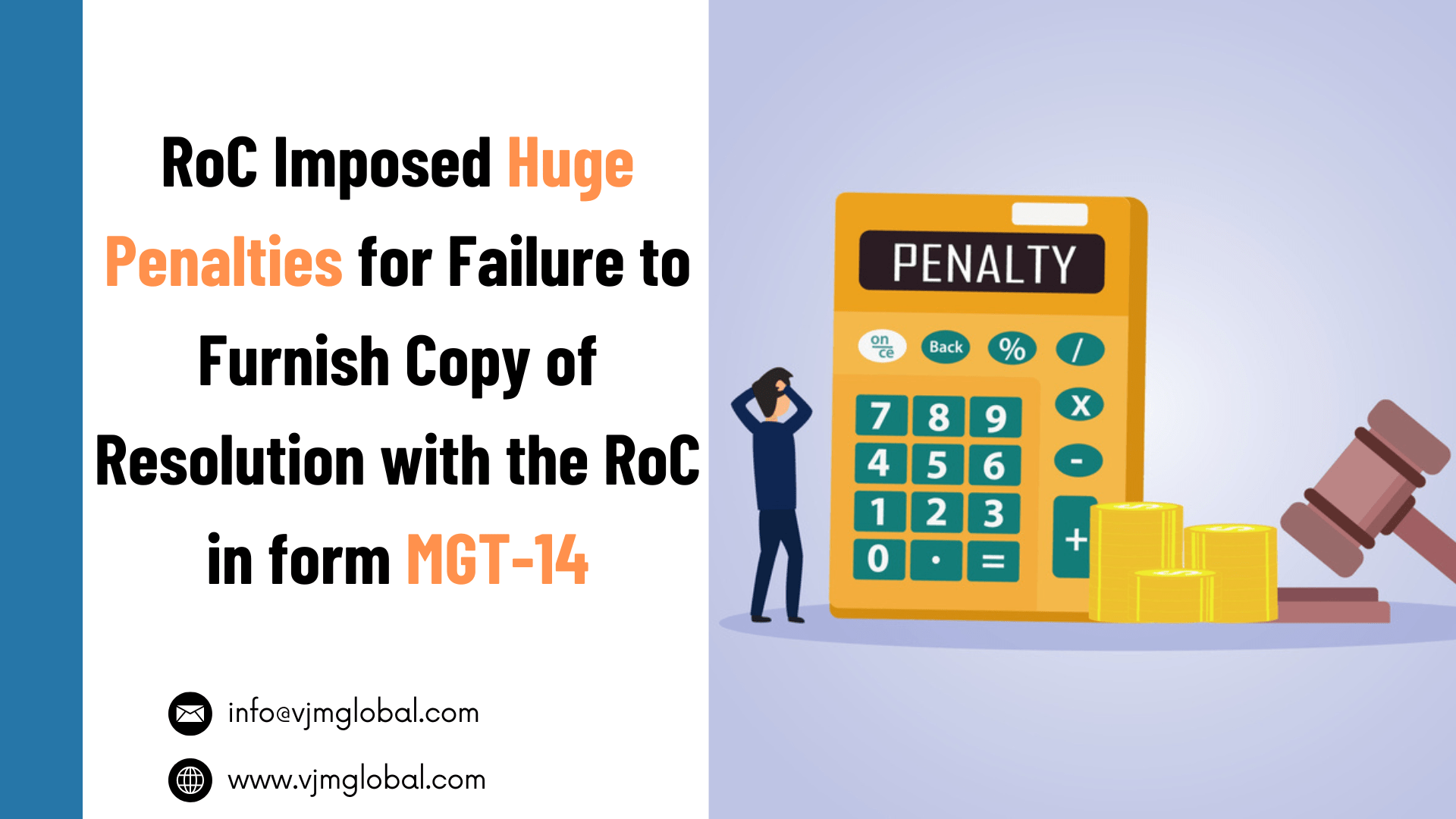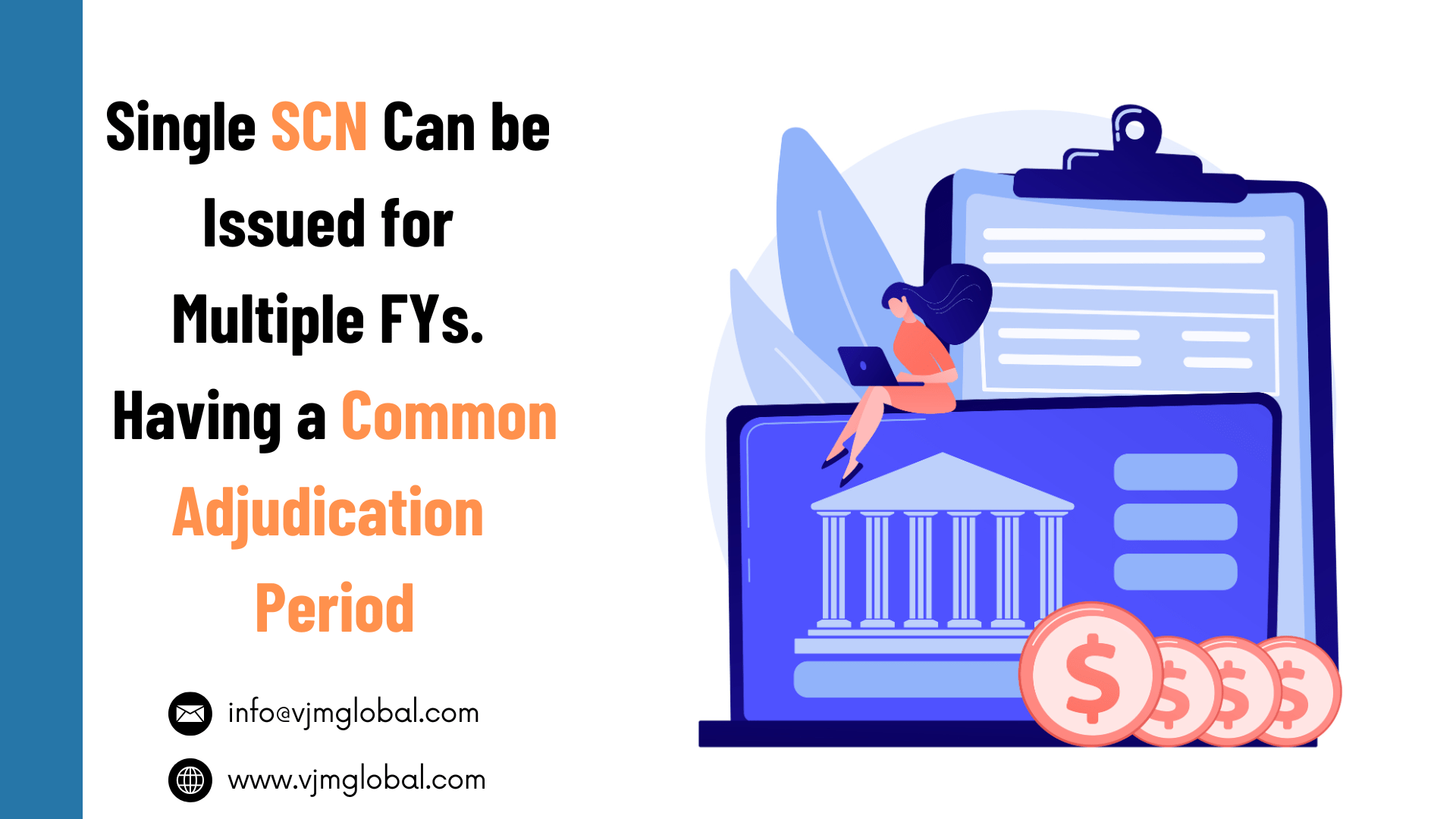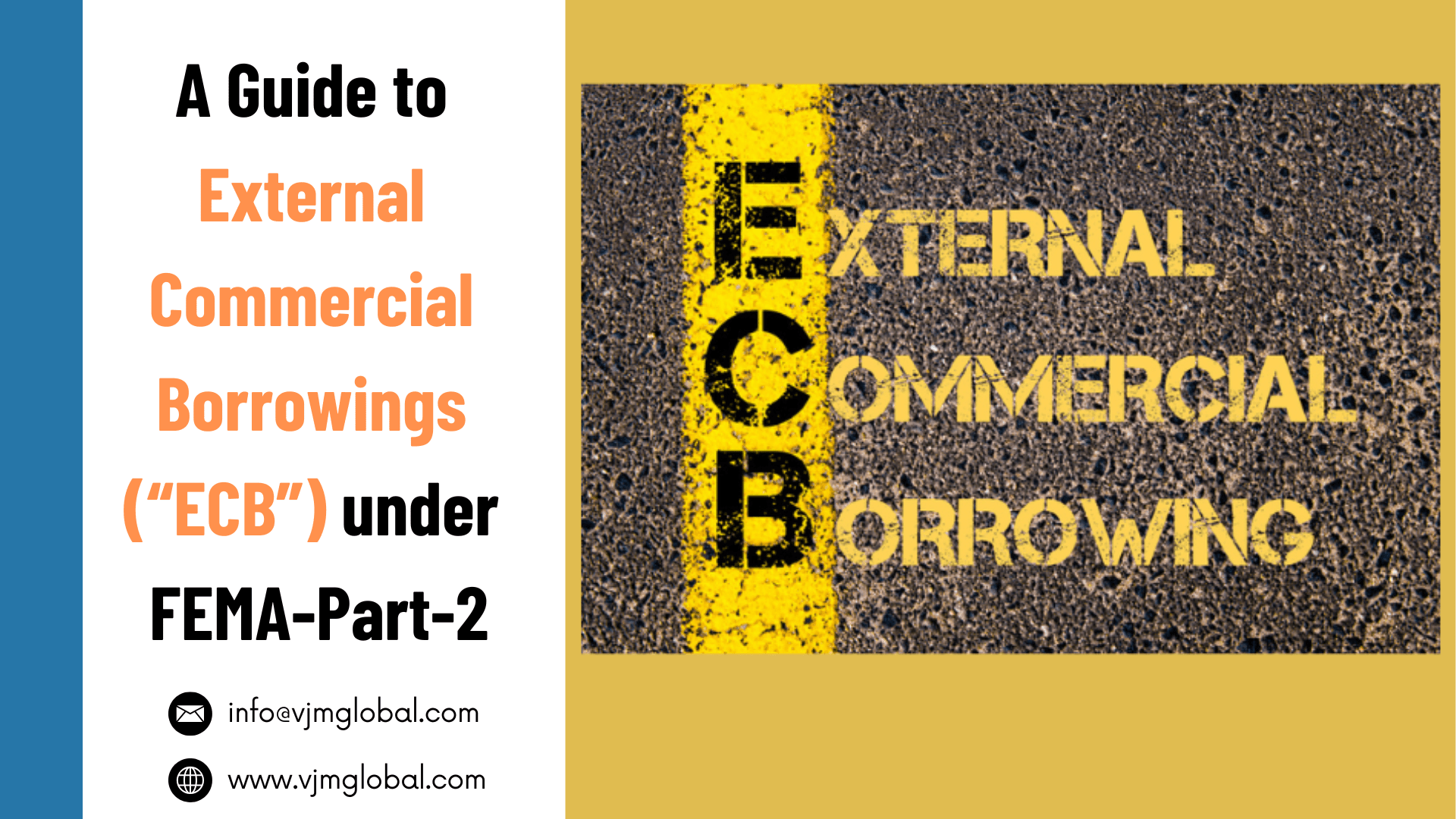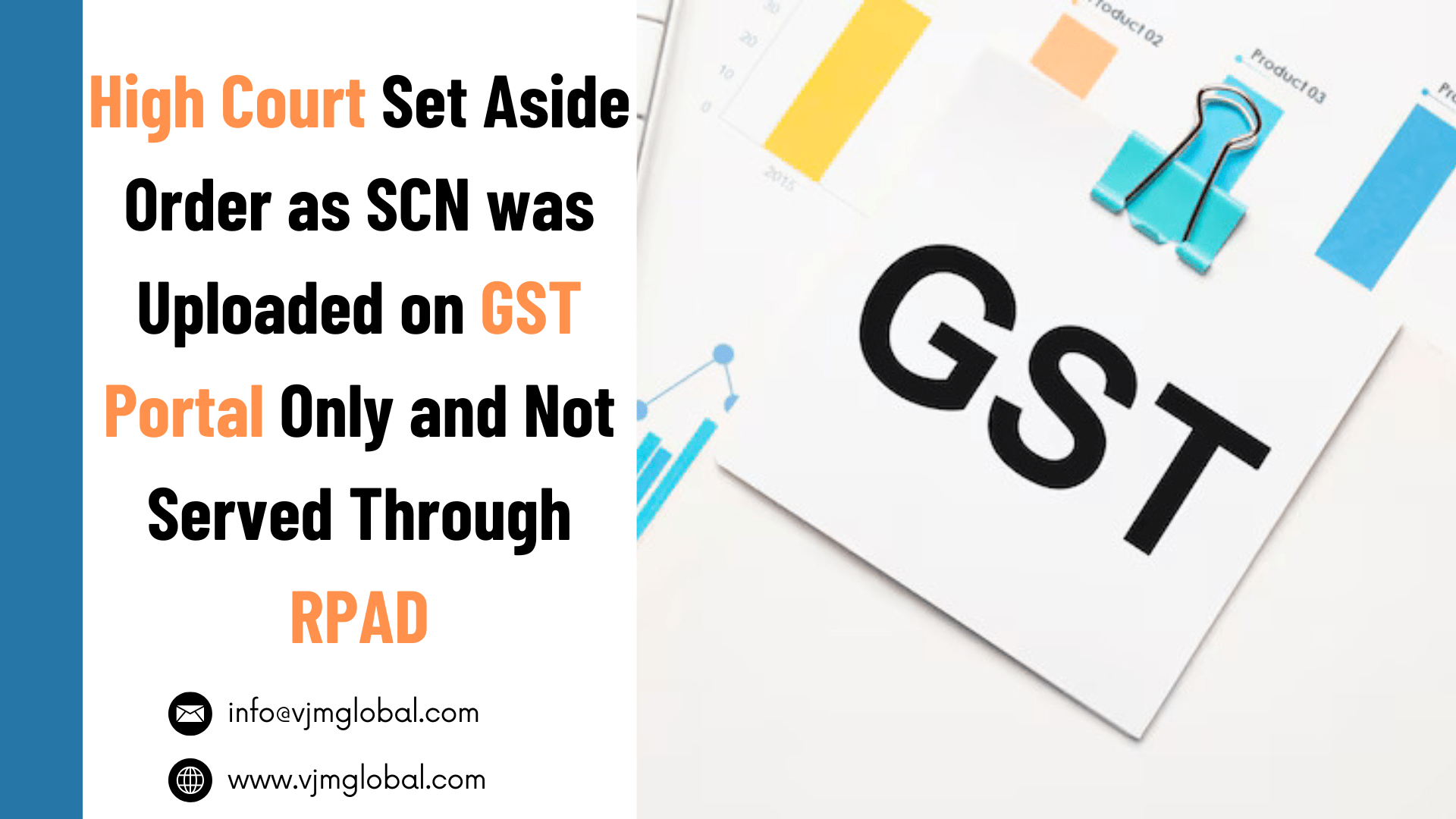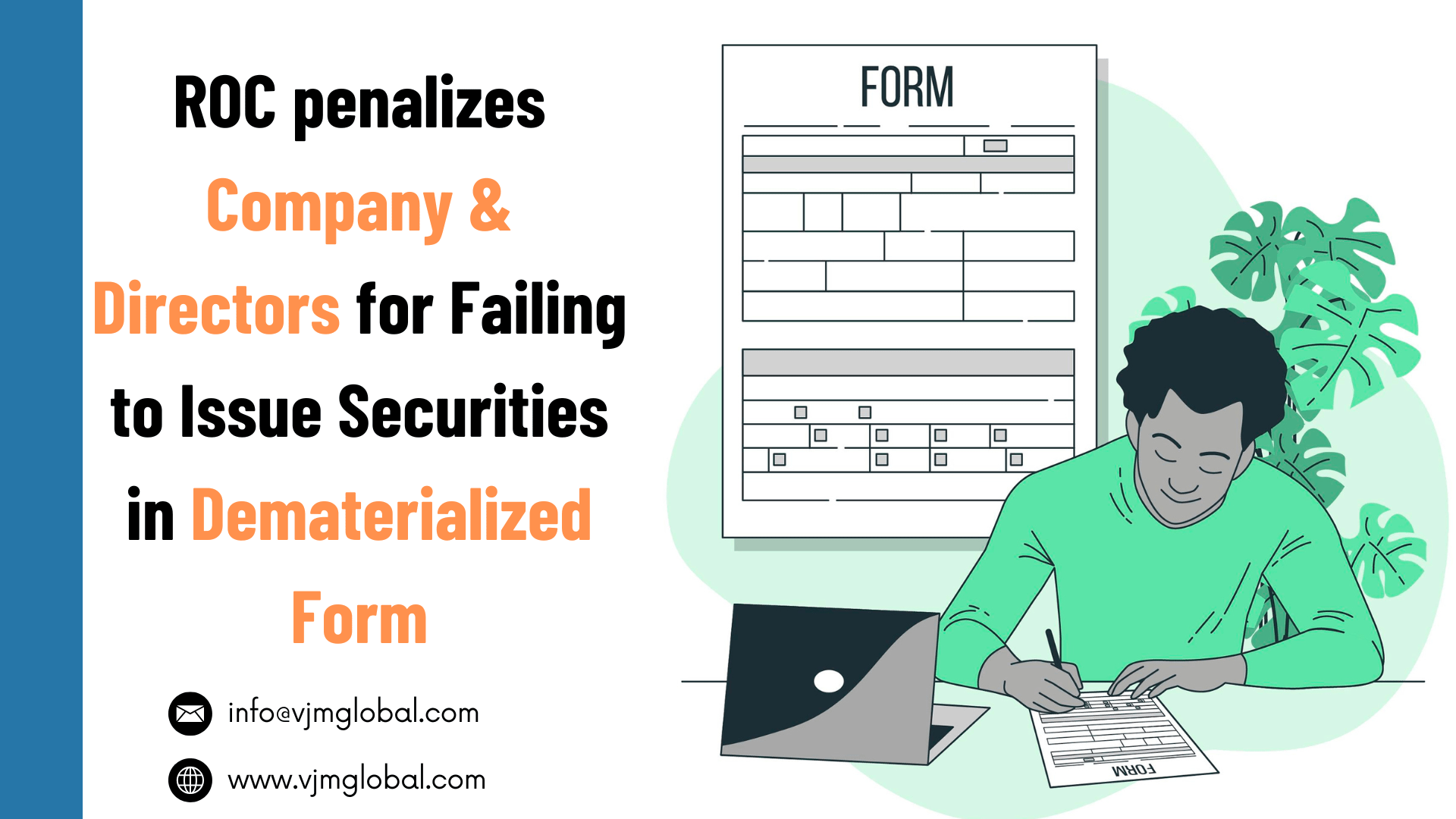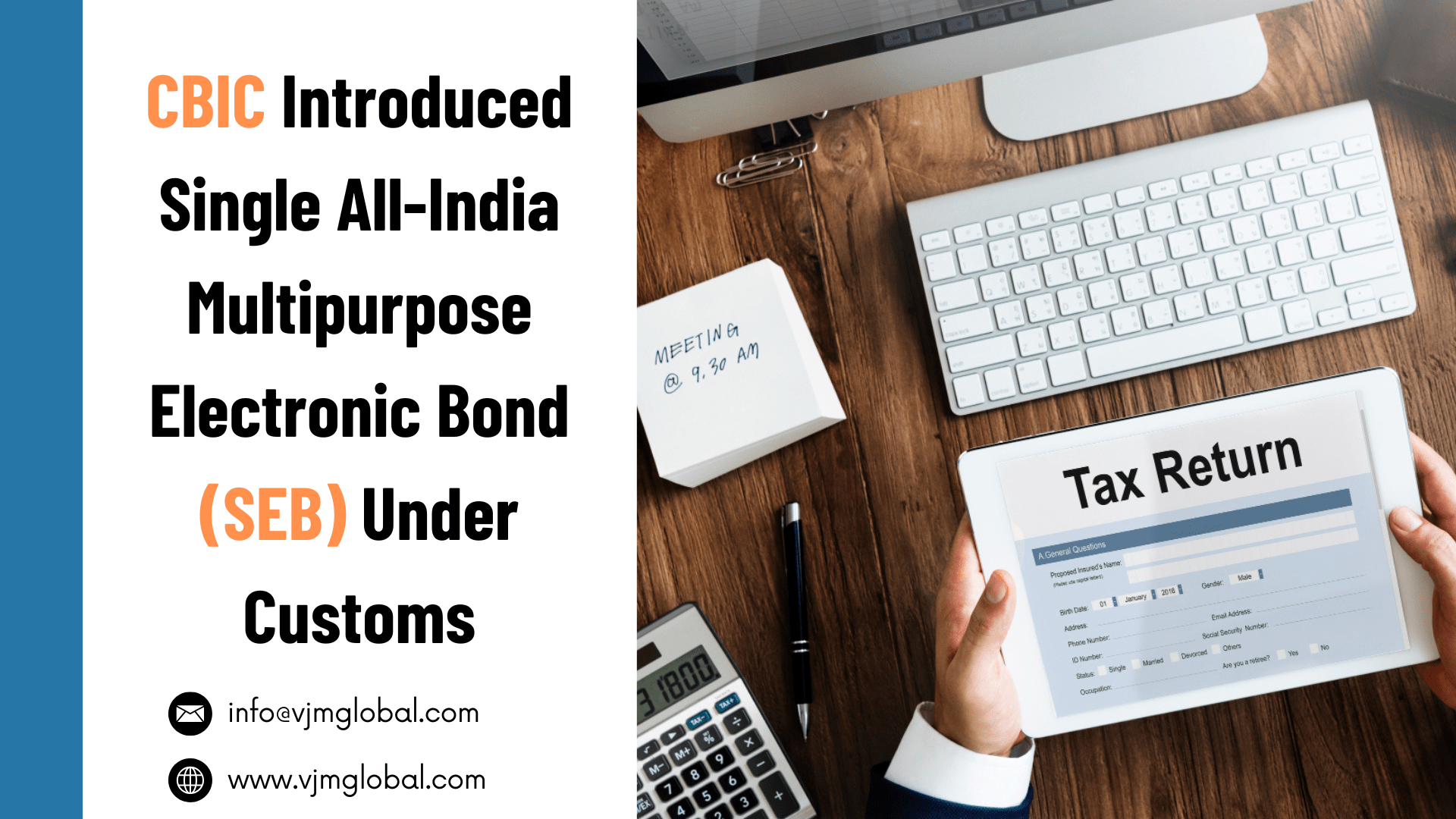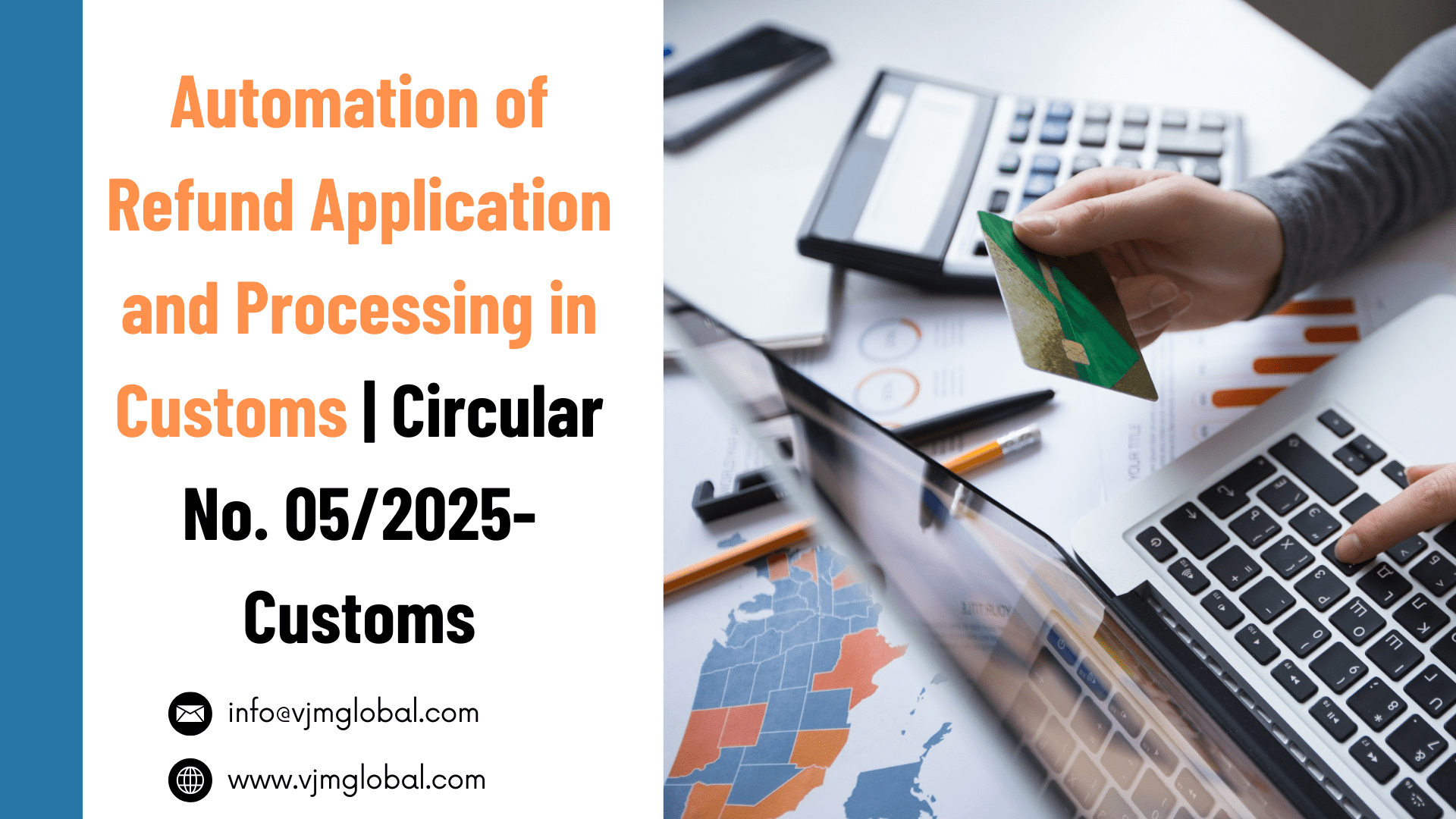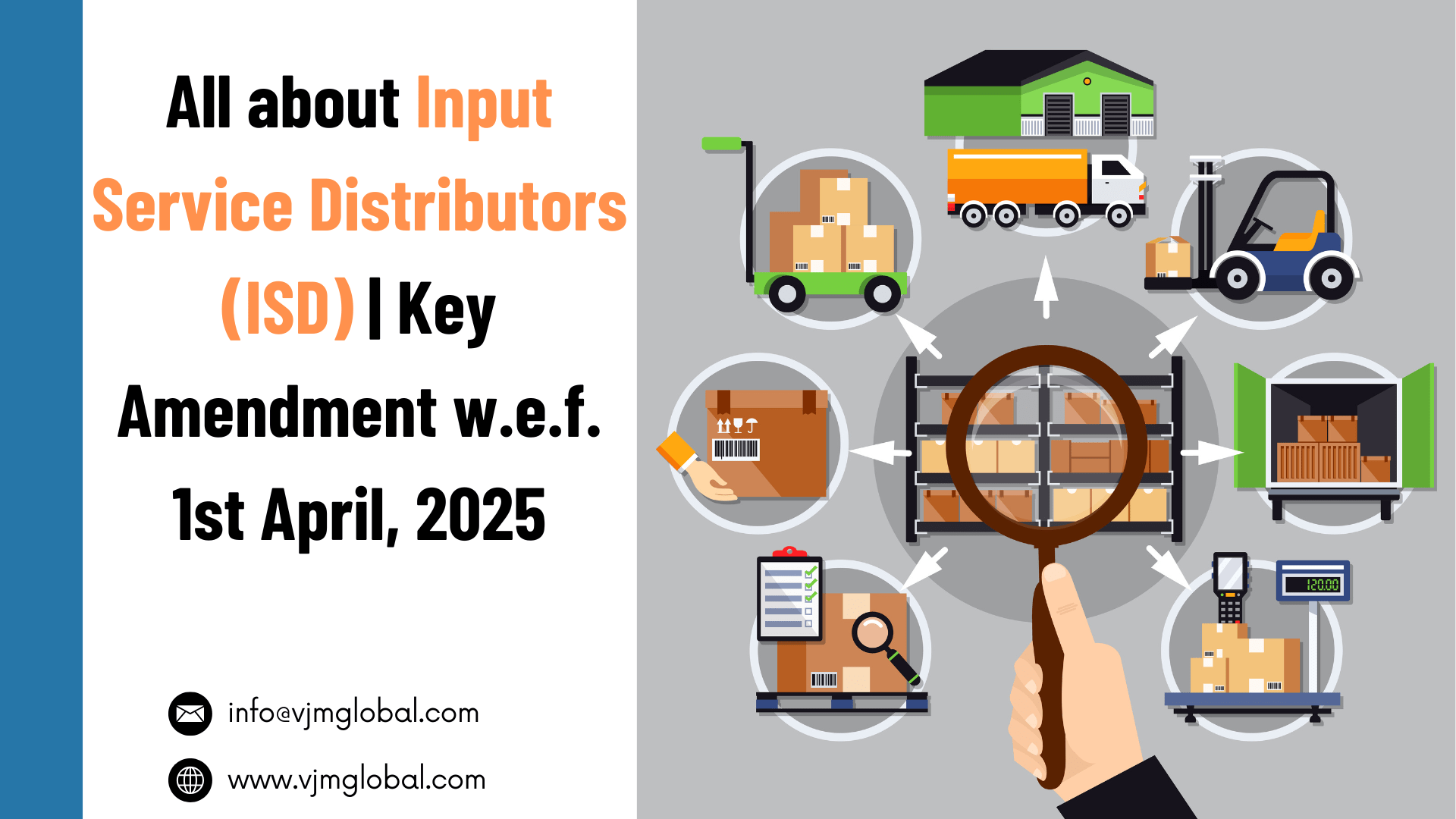Transactions between related parties or associate enterprises are always doubted for being entered at unfair prices. Sometimes such transactions result in lower tax liabilities. Therefore, under tax laws and accounting principles, valuation provisions are always provided for determining Arm’s length price (“ALP”) of transactions entered into between related parties. Provisions provided for determining ALP are known as Transfer Pricing provisions.
Under Income Tax Act, various methods are laid down for determining Arm’s length Price of domestic or international transactions entered into between related parties. One of the methods is the Cost Plus Method.
This article will briefly explain what is the Cost Plus Method, when to use it, how to use it, and what are its advantages and disadvantages.
1. What is the Cost Plus Method
- As the name itself suggests, under the Cost Plus Method, Arm Length Price is determined by adding profit markup to the direct and indirect cost of production incurred with respect to goods transferred or service provided. Manner of computation of ALP under Cost Plus Method is given under Rule 10B(c) of Income Tax Rules.
- Under Cost Plus Methods, components to be considered for determining cost of production are not defined under Income Tax Act and it shall be determined as per transaction entered. However, following category of costs are generally considered:
- Direct costs- Cost of Raw Material, Freight Charges, Labour Expenses etc.
- Indirect costs- Cost of repair and maintenance, rent, administration charges, Finance Charges etc
- E.g., X Limited has transferred goods to its wholly owned subsidiary Y Limited for INR 1,00,000. X Limited has incurred following cost of production for such goods:
- Cost of Raw Material: INR 60,000
- Labour Cost: INR 15,000
- Apportioned Indirect Cost: INR 20,000
- Total Cost of production: INR 95,000
- Profit Mark up: 20%
In this example, Arm’s Length Price for a transaction entered into with a wholly-owned subsidiary is INR 1,14,000 (INR 95,000 plus Profit Markup of 20%). Therefore, for the purpose of Income Tax, such transaction shall be deemed to be entered at INR 1,14,000.
2. How to determine Profit Markup under Cost Plus Method
- For determining Arm’s Length Price under Transfer Pricing, 2 components are considered namely Cost of production and Profit Markup.
- Computation of Cost of production is quite simple as entire data is available with assessee.
- However, figuring out Profit Markup is complicated. As per Rule 10B(1)(c) of Income Tax Rules, amount of normal gross profit markup is added to the cost to determine Arm/s Length Price.
- Following are the steps for computation of Gross Profit Mark-up:
- Gross Profit Mark-up is taken from other transactions entered for the same or similar product or service by either the same enterprise or by unrelated enterprise.
- Adjustment to Gross Profit Mark-up for functional and other differences.
2.1 Computation of Gross Profit Mark-up from other transactions
- For computation of gross profit mark-up, either of the following transactions must be entered:
- Internal Transactions
- External Transactions
2.1.1 Internal transactions
- Gross Profit Mark-up is computed through internal transactions when the same enterprise is engaged in the trading of same or similar goods or provision of same or services.
- However, internal transactions should be comparable and also must be uncontrolled.
- E.g. Company X supplies services to both, the related party, which is Company Y, and the unrelated party, Company A. Therefore, for computation of Arm’s Length Price of transaction entered into with Company Y, Gross Profit Mark-up of services provided to Company A can be considered.
2.1.2 External Transactions
- When an entity is itself not engaged in sale or provision of same or similar products in uncontrolled transactions then reference must be given to any similar transaction entered into by an unrelated party.
- To understand this better, that following example can be taken into consideration:
- Company X is supplying goods to a related party, Company A. Company X is not supplying such goods to any customer other than Company A. Whereas, Company P, an unrelated entity, is supplying the same goods to Company Q, an independent party.
- Therefore, for computing Arm’s Length price of goods supplied to Company A, gross profit mark-up can be taken from transactions entered into by Company P and Company Q.
2.2 Adjustment of Gross Profit for Functional and Other difference
- Once gross profit mark-up is taken from an uncontrolled comparable transaction, necessary adjustment must be made on account of differences in transactions for which Arm’s Length Price is to be computed and uncontrolled comparable transaction.
- E.g.
- Company X has supplied 50,000 units of Black colour phone to Company Y, which is a related party.
- Similarly, Company X supplies 10,000 units of white colour phone to Company Z, which is an unrelated party.
- Gross Profit Markup of goods sold to Company Z is 20%.
- However, in white colour Phones, profit market is 2% higher as compared to black colour phones and also for supply of 20,000 or more units, the company provides a discount of 1% on sales price.
- Therefore, adjusted gross profit Mark-up for black phone sold to Company Y will be:
- Gross Profit Markup of Uncontrolled transaction: 20%
- Adjustment of difference in profit mark-up based on colour: -2%
- Adjustment on account of bluk discount: -1%
- Gross Profit Markup for computation of ALP: 17%
3. When is the Cost Plus Method used
- Section 92C of Income Tax Act, provides for following 5 methods for computation of Arm’s Length Price:
- comparable uncontrolled price method;
- resale price method;
- cost plus method;
- profit split method;
- transactional net margin method;
- such other methods as may be prescribed by the Board.
- Section 92C does not specify which method is to be used under which circumstance. Rather, as per Section 92C, the most appropriate method must be selected based on facts and circumstance of the case.
- Following factors must be considered for selection of method:
- Nature of transaction
- Class of transaction
- Class of associate persons
- Functions performed
- Other relevant factors
- The cost plus method is very useful for assessing transfer prices for routine, low-risk activities, such as the manufacturing of tangible goods. For many organizations, this method is both easy to implement and to understand.
4. Key Aspects of applicability of CPM
- There must be a consistency in cost base between controlled and uncontrolled transactions, especially in circumstances where the costs have an effect on the size of the mark-up.
- Accounting inconsistencies must be eliminated between controlled and uncontrolled transactions.
- Risk profile must be similar between controlled and uncontrolled transactions. Internal comparables more reliable
- Here, appropriate adjustments, like inventory level and turn-over rates, sales, marketing, and advisory programs, accounting practices, level of market, contractual terms, and tangible and intangible assets, might be required to eliminate any material differences.
5. Advantages and Disadvantages of CPM
Just like anything in this world, the Cost Plus Method under Transfer Pricing has both advantages and disadvantages too.
5.1 Advantages
- Cost plus method is relatively easy to understand.
- Most of the information required for computation of ALP through this method is available with entities such as Direct and indirect cost incurred for supply of goods or services.
- Such a method is preferable In case of low-risk, routine transactions without many variables, such as the assembly and sale of tangible goods.
- Also, computation of gross profit mark-up is also easy if internal comparable uncontrolled transactions are available.
5.2 Disadvantages
- If an entity has not entered into a similar transaction then it is not easy to obtain gross profit mark-up from another entity because no entity shares details of their Gross Profit with rivals.
- Also, adjustment on account of transactional differences is not easy. An apples-to-apples comparison is absolutely critical when calculating the gross cost plus, and even minor differences in the way two companies transact and manage their cost accounting can completely distort the results of this method.
- Therefore, in circumstances where reliable data is not available, a different method is advised to determine the correct transfer prices.


